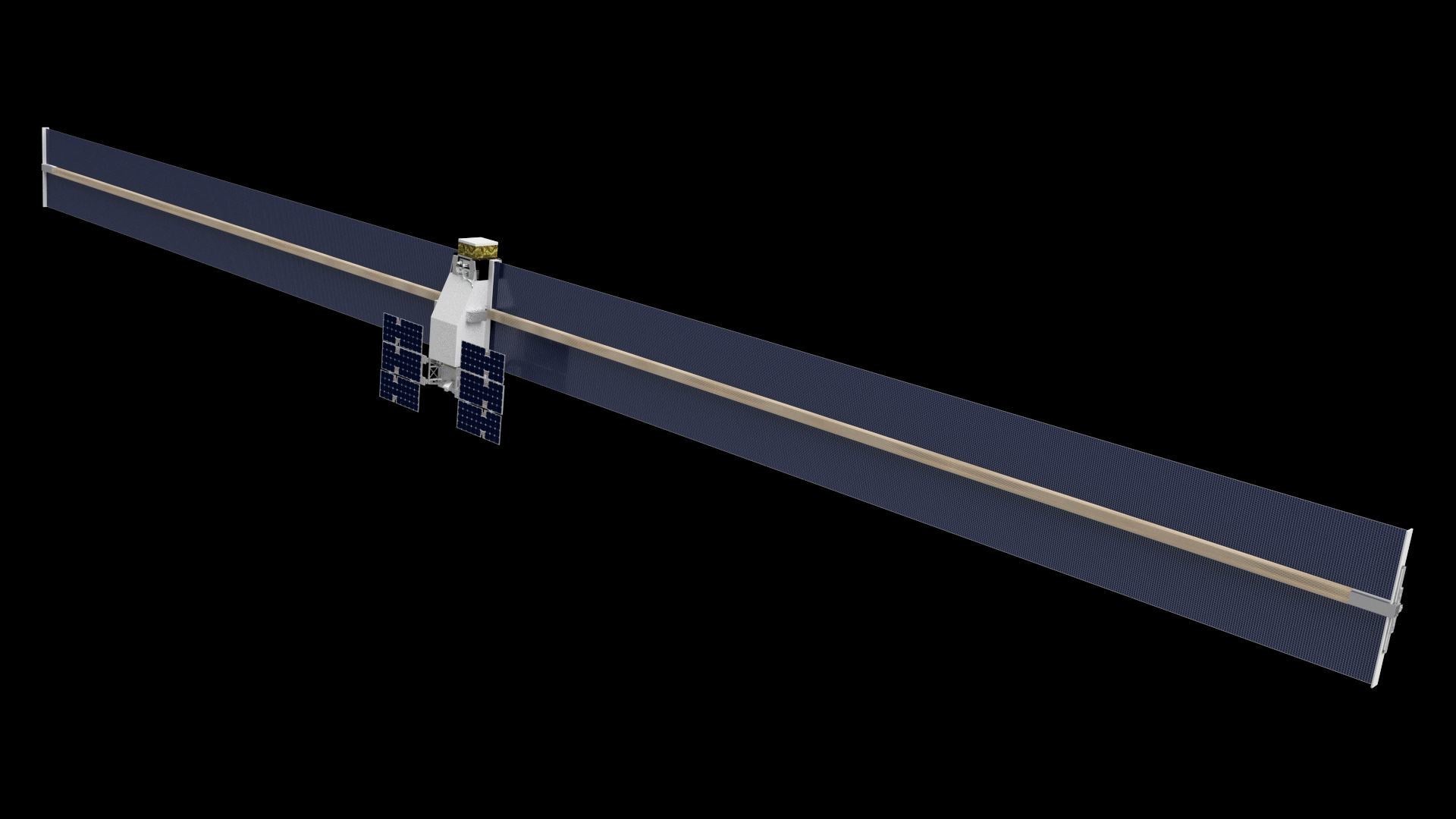
The space stations and satellites of the future could be made and constructed in space using robotic manufacturing, and the first steps towards making this a reality are already happening.
Space 3D printing company Made In Space has awarded a subcontract to Northrop Grumman in order to use robotic manufacturing and assembly platform Archinaut on a NASA flight mission, meaning that the technology will be used to manufacture structures in orbit for the first time.
The contract will see Archinaut conduct a flight demonstration mission, where the robotic manufacturing platform will use additive manufacturing – otherwise known as 3D printing – to autonomously construct two 10m solar arrays while in space to power a small satellite.
This will see the system integrated into an ESPA class satellite bus, before being launched into orbit. Once in positon, the platform will deploy its robotic manufacturing capabilities to build the arrays and connect them to the satellite, providing it with a full power generation system.
The resulting solar array will be considerably more powerful than those currently used on such satellites, generating almost five times more power.
Satellite industry to reap benefits of robotic manufacturing in space
If the demonstration mission is successful, it could be hugely significant for the emerging small satellite market. It would enable far more power intensive payloads to be launched with a lower mass than with existing equivalents, reducing the cost of launch and so the barrier of entry for companies looking to invest in satellites.
In the longer run, it could also pave the way for larger, more ambitious structures such as space stations to be constructed in space using robotic manufacturing.
“Demonstrating additive manufacturing in space will open up new doors in the design and construction of space structures that to date have been limited by the volume of a launch vehicle,” said Richard Stapp, vice president, resiliency and rapid prototyping, Northrop Grumman.
“Effectively building structures in space is one of the next big steps in our continuous journey of space exploration.”
The project is expected to launch from New Zealand on a Rocket Lab Electron rocket in 2022.
Read more: Lockheed Martin unveils smart satellites that can change mission after launch







